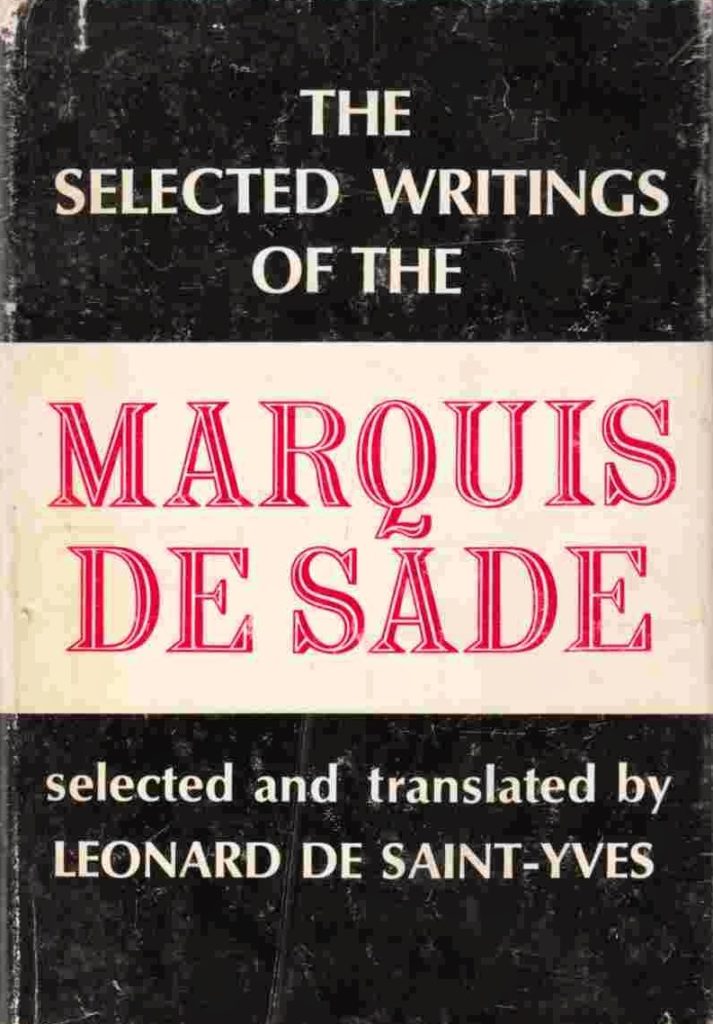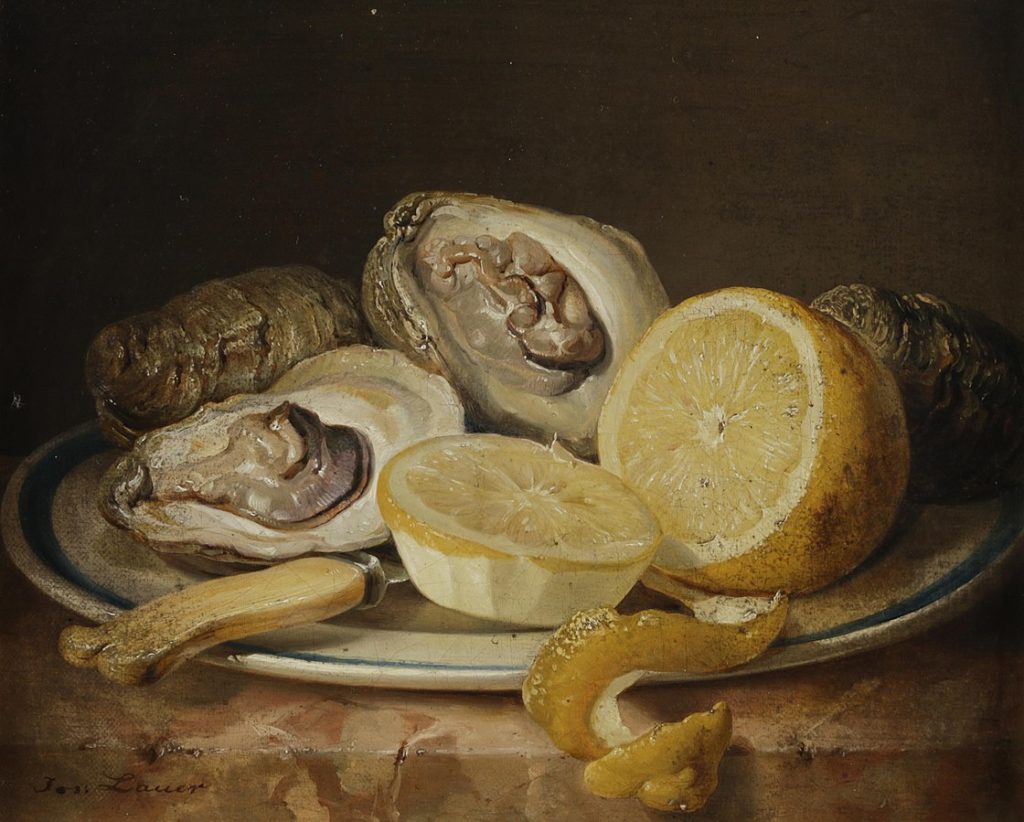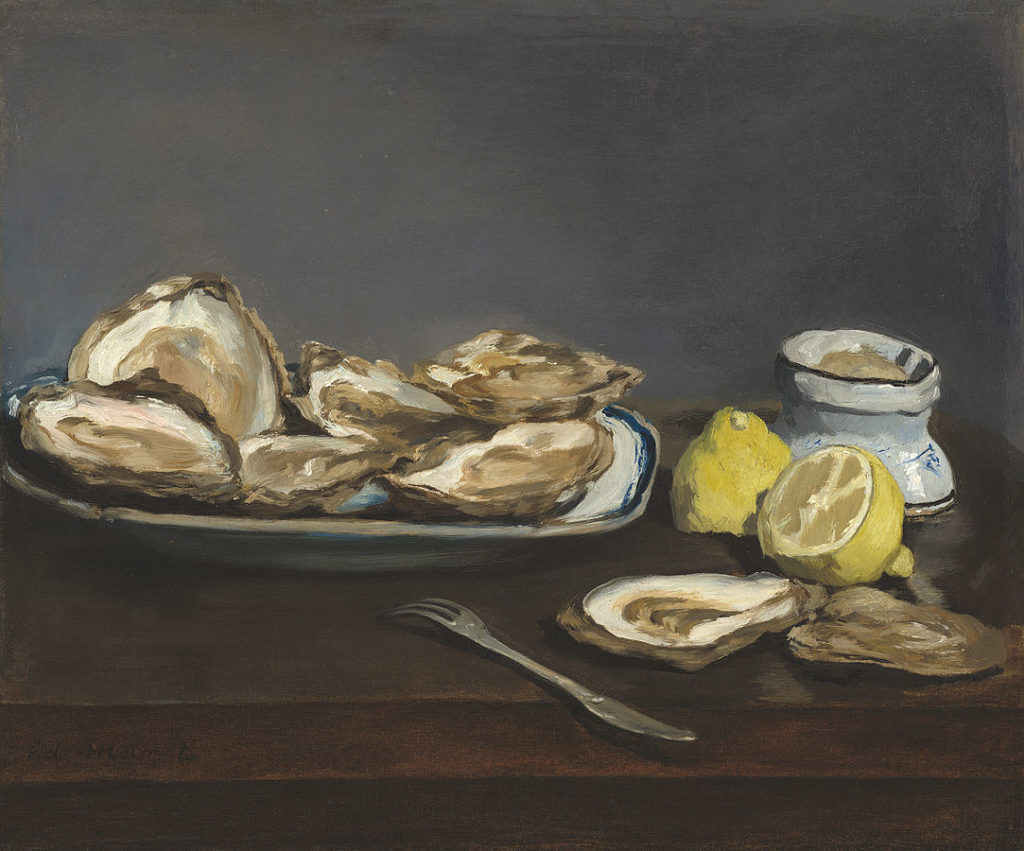
Het zal je maar overkomen; als dode ziel jaren moet rondzweven in Dodenland zonder een plaatsje te krijgen in onze Dodenstad, goed wetende dat je daar je plaats verdient.
Continue reading

Het zal je maar overkomen; als dode ziel jaren moet rondzweven in Dodenland zonder een plaatsje te krijgen in onze Dodenstad, goed wetende dat je daar je plaats verdient.
Continue reading
Pierre Cardin was a French fashion designer, but for the moment all I can say of him is that from 2001 to 2020 he was the owner of the castle of Marquis de Sade depicted above.
Researching several dicta of Marquis de Sade I came across this one:
“The life of the most sublime of men is to nature not of greater importance than that of an oyster.”
This dictum only appears in the third version of Justine (1797), a version which has not been translated into English, the translation above is mine.

The dictum, I found out afterwards, resembles a dictum by the British philosopher David Hume, who wrote in his work “On Suicide” (1777):
“the life of man is of no greater importance to the universe than that of an oyster”.
The only difference is that Sade added the notion ‘sublime’ to the statement, making the extra point that even outstanding men are not worth more than an oyster. It seems that the likeness between the two dicta is too great to be coincidental.
I have not been able to find out whether Sade actually read Hume. The text by Hume precedes that of Sade by 20 years, so technically he would have the had time and the opportunity, but in fact, I’m not even sure Sade read English. I know that he had read The Monk and other gothic novels, but possibly he read them in a translation.
I went looking for paintings of oysters that could illustrate this post and found two.
One by Manet. One by a certain Josef Lauer. The Lauer one is very fleshy and sexual. The one by Manet is less fleshy and less lively, but more more stylized, in fact, an incredible painting.

Watching the film Marquis (1989) for a second time last night, occasioned by the death of Michel Robin, brought the following dictum to my attention:
… qu’importe à sa main créatrice que cette masse de chair conformant aujourd’hui d’un individu bipède, se produise demain sous la forme de mille insectes différents?…”
This appears to be a variation of Sade’s dictum that a “mass of flesh which today constitutes an individual … may be reproduced tomorrow in the form of a thousand insects”.

In my quest to find the origin of this citation (Justine), I stumbled upon Man into Wolf (1951) by Robert Eisler. That book has a good chapter on Marquis de Sade, and, is in the public domain since this year.
Buying a copy of a Dutch translation of Sexual Personae by Camille Paglia re-kindled my research stamina in the Marquis.
I found the docu above.
The Marquis de Sade: Pornographer or Prophet? (2001) features Andrea Dworkin, Camille Paglia, Francine du Plessix Gray, Richard Seaver, David Coward, Neil Schaeffer, Neil Cox, Thomas Wynn, Conroy Maddox.
Some of the people in this so-so portrait are already dead. Andrea Dworkin, Francine du Plessix Gray, Richard Seaver and Conroy Maddox are no longer among us.
Dworkin, who while writing her book Pornography: Men Possessing Women (1981), read many Sade-biographies, makes a notable appearance saying — predictably — this of Sade:
“My pacifism was first challenged when, working on my book on pornography in the late 1970s, Pornography: Men Possessing Women, I read a half dozen biographies of the Marquis de Sade. A life of rape and sexual violence, including kidnapping and possibly murder, would have been stopped short if his first (known) victim, Jeanne Testard, had killed him.” —Scapegoat: The Jews, Israel, and Women’s Liberation
Paglia gives Sade too much praise, as usual, even making him a obligatory reading for feminists and in universities.
The nicest surprise was probably seeing Francine du Plessix Gray, and her well-balanced views.
Another nice aspect of the docu is that footage from some Sade films is shown.
Sade, Attacking the Sun (2014-15, “Sade. Attaquer le soleil”) is an exhibition held at the Musée d’Orsay on the legacy of Marquis de Sade. The exhibition runs until January 25.
Above is the promotional video clip of the exhibition, showing a stylized orgy of writhing nudes who in the end form the letters S A D E.
Sade is in my canon.
And and then there is this: Ubisoft will release a video game based on Sade, a follow-up to the French Revolution-set “Assassin’s Creed” series.
I wonder why the exhibition is sub-titled “attacking the sun”.
Nietzsche in Basel, c. 1875
I just finished reading my first full work of philosophy: On the Genealogy of Morality by Friedrich Nietzsche from a to z.
I noticed Nietzsche’s liberal use of italic type, almost as if the text was meant for oration.
For example:
The above dictum echoes Marquis de Sade’s “cruelty, very far from being a vice, is the first sentiment Nature injects in us all,” both Sade and Nietzsche speaking of innate cruelty.
However, Nietzsche never read Sade.
Nietzsche’s writing is so appealing and so strong that form and content are indissoluble. I can’t imagine what his philosophy would have been like if he had been a bad writer.
Only minor point, towards the end, I got the impression that Nietzsche himself was the resentment-man.